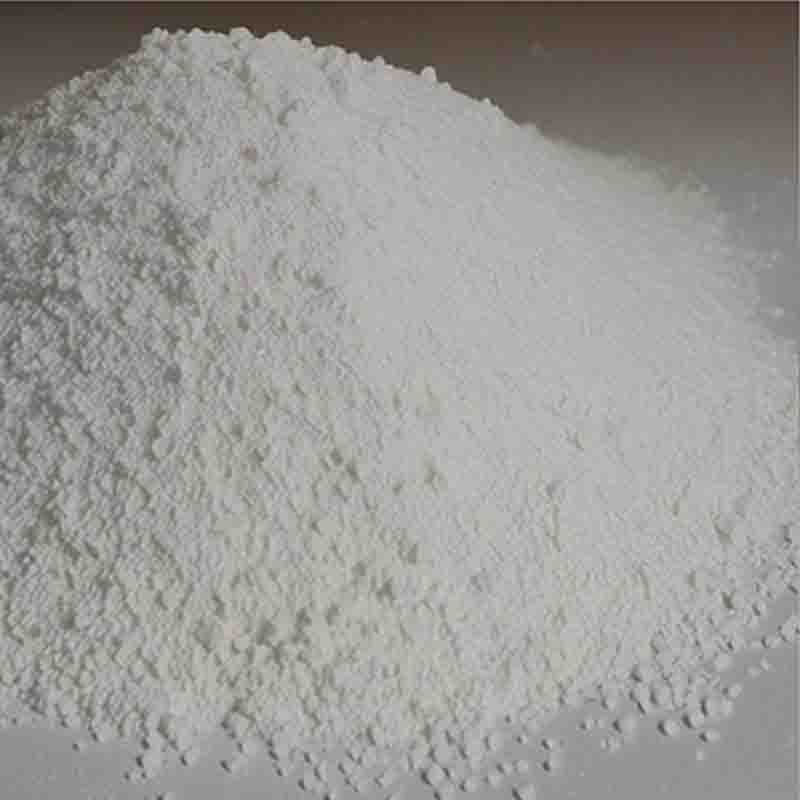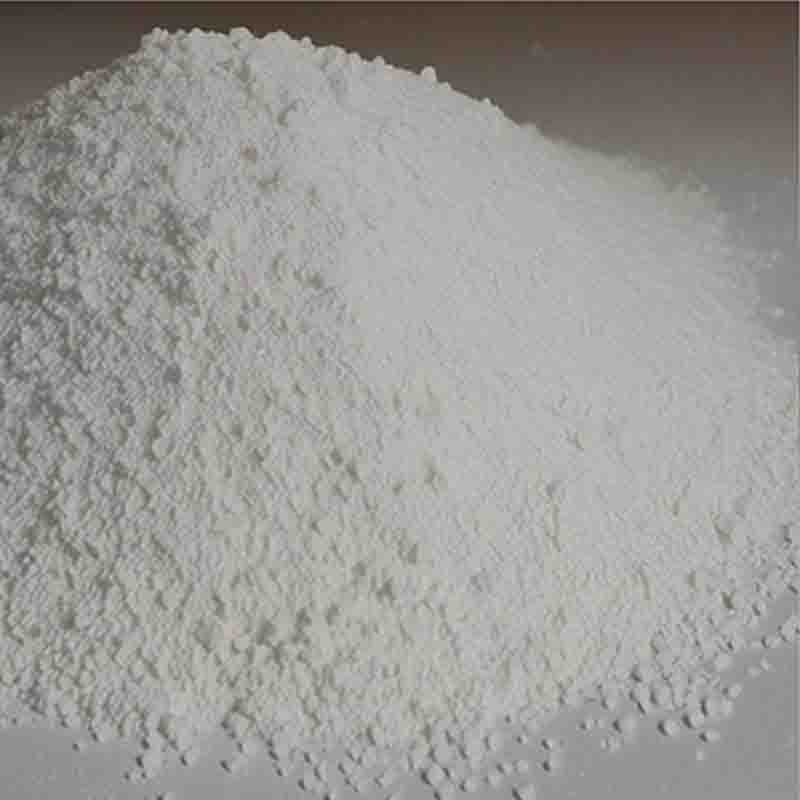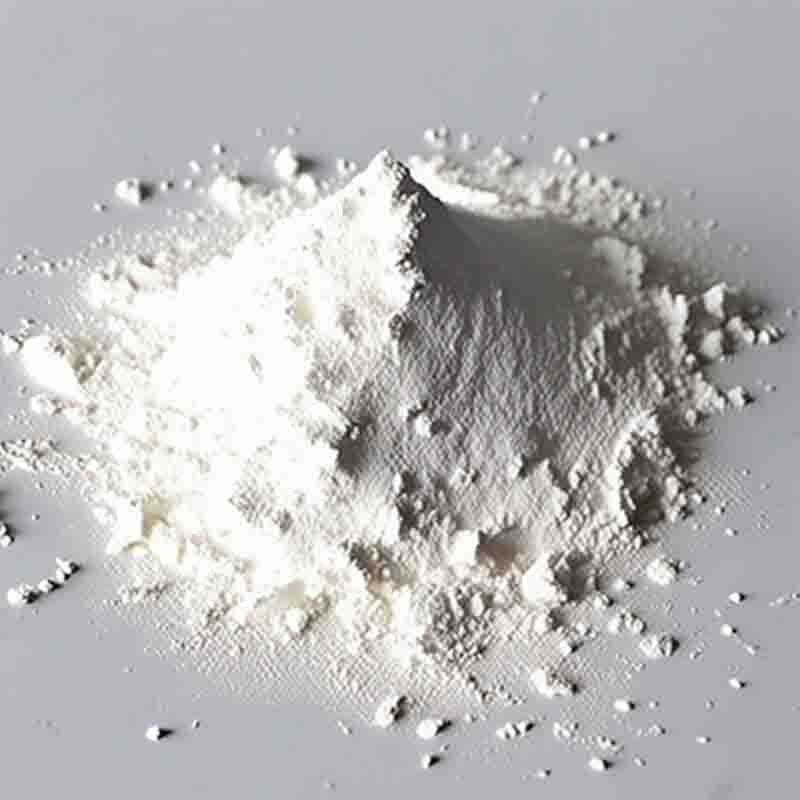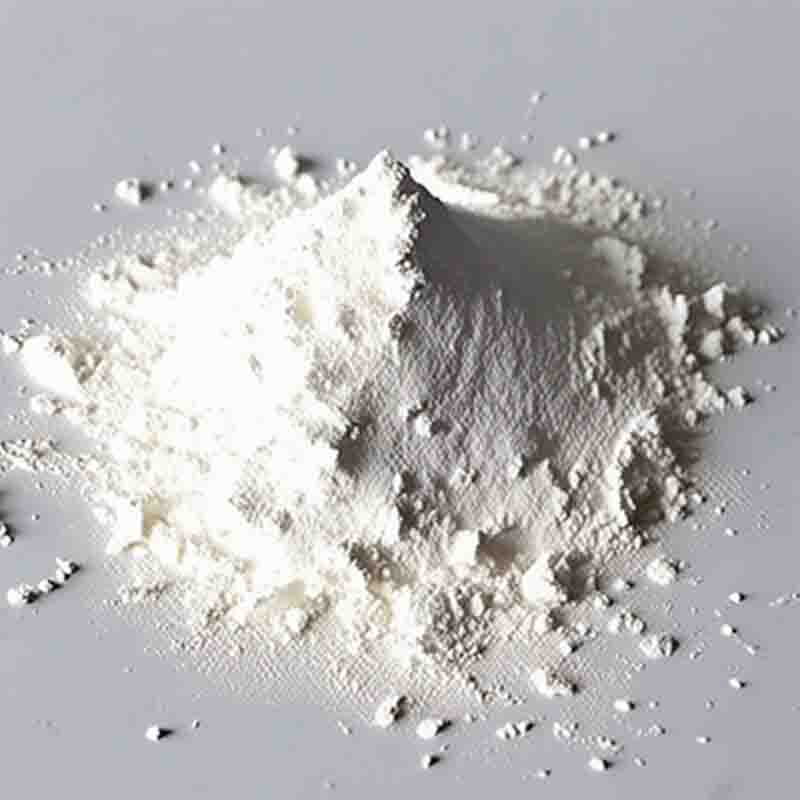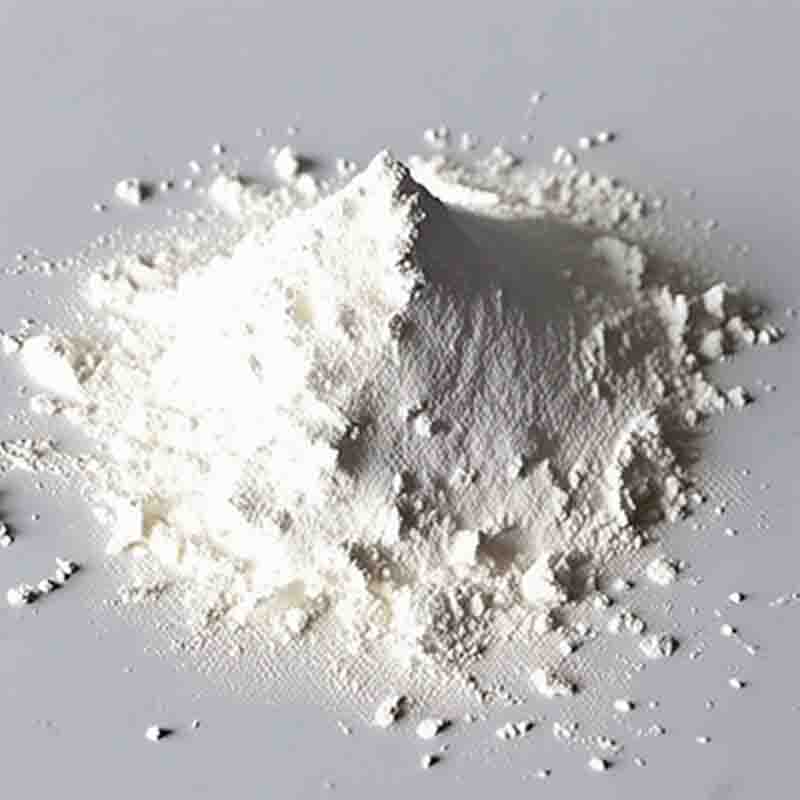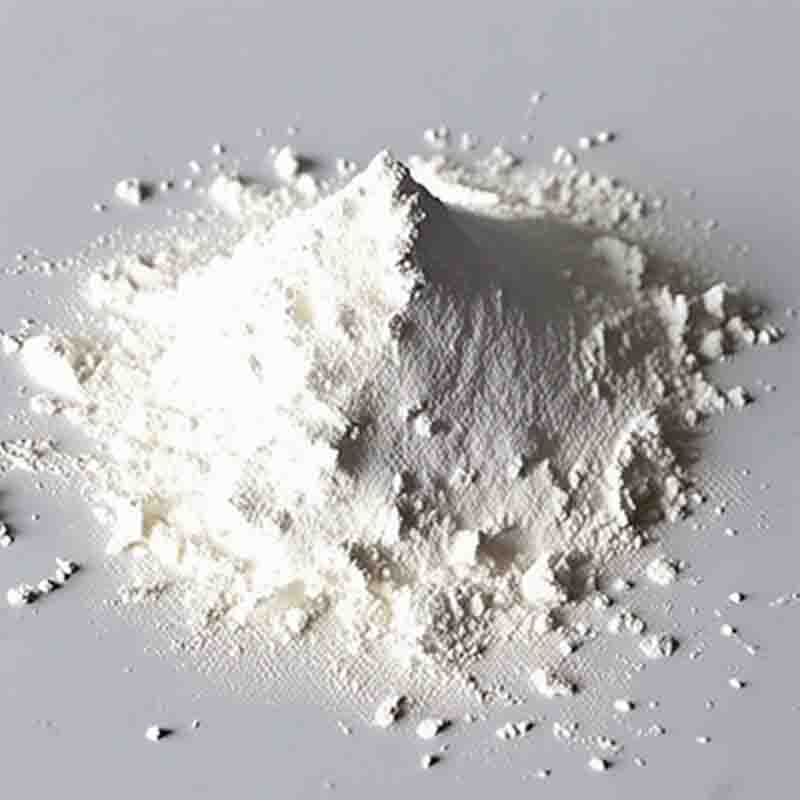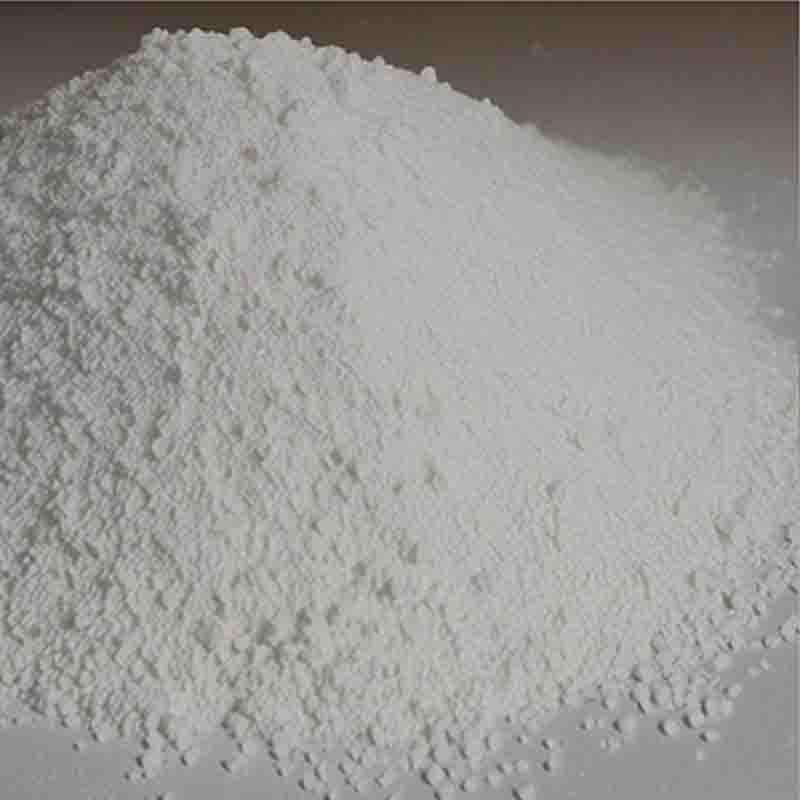(4R,6R)-t-Butyl-6-(2-aminoethyl)-2,2-dimethyl-1,3-dioxane-4-acetate CAS: 125995-13-3
| Catalog Number | XD93346 |
| Product Name | (4R,6R)-t-Butyl-6-(2-aminoethyl)-2,2-dimethyl-1,3-dioxane-4-acetate |
| CAS | 125995-13-3 |
| Molecular Formula | C14H27NO4 |
| Molecular Weight | 273.37 |
| Storage Details | Ambient |
Product Specification
| Appearance | White powder |
| Assay | 99% min |
(4R,6R)-t-Butyl-6-(2-aminoethyl)-2,2-dimethyl-1,3-dioxane-4-acetate is a chemical compound that belongs to the class of dioxane derivatives. While this specific compound may not have extensively documented uses, dioxane derivatives, in general, have shown potential in various fields. Here is a description of its potential uses in about 300 words.One potential application of (4R,6R)-t-Butyl-6-(2-aminoethyl)-2,2-dimethyl-1,3-dioxane-4-acetate lies in the field of medicinal chemistry and drug discovery. Dioxane derivatives have been widely explored for their potential therapeutic properties. These derivatives have shown biological activity in several areas, including antimicrobial, antiviral, antitumor, and anti-inflammatory activities.In terms of antimicrobial activity, dioxane derivatives have exhibited potential against various strains of bacteria and fungi. They could be developed into new antimicrobial agents to combat drug-resistant pathogens that pose a significant threat to global health. Further studies are needed to evaluate the compound's specific effects on different strains and explore its mechanism of action.Additionally, dioxane derivatives have shown antiviral activity against certain viruses, including herpes simplex virus, HIV, and influenza virus. Their ability to interfere with viral replication and infectivity indicates their potential as antiviral agents. However, extensive research is required to assess their efficacy and safety profile against different viruses and evaluate their potential as therapeutic agents.Moreover, dioxane derivatives have demonstrated potential in the field of cancer research. Some derivatives have shown cytotoxic effects against cancer cells, making them potential candidates for the development of anticancer drugs. They may target specific pathways involved in tumor growth and proliferation. However, further studies, including in vivo and clinical trials, are essential to evaluate their efficacy, selectivity, and safety for use in cancer treatment.Furthermore, dioxane derivatives have shown anti-inflammatory properties, suggesting their potential in managing inflammation-related diseases such as rheumatoid arthritis and inflammatory bowel disease. These derivatives may modulate specific inflammatory pathways and contribute to the regulation of inflammatory mediators. Additional research is needed to explore their mechanisms of action and assess their effectiveness in controlling inflammation.In summary, while (4R,6R)-t-Butyl-6-(2-aminoethyl)-2,2-dimethyl-1,3-dioxane-4-acetate may not have well-documented uses on its own, dioxane derivatives, in general, have shown potential in various therapeutic areas. These include antimicrobial, antiviral, antitumor, and anti-inflammatory activities. However, it is important to note that further research and investigation are necessary to fully understand the compound's potential, optimize its properties, and assess its safety and efficacy for specific applications.


